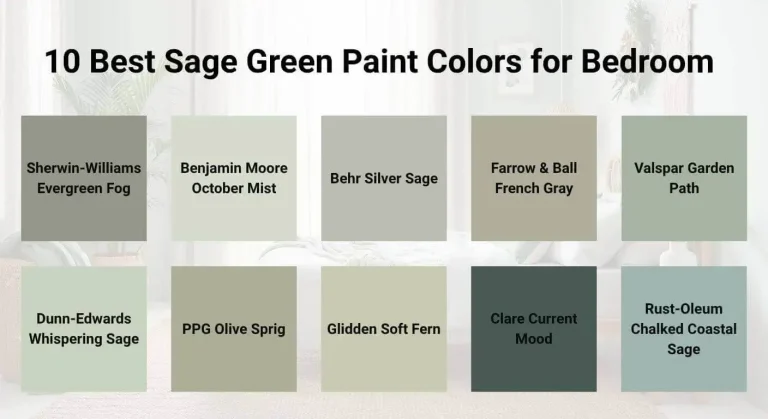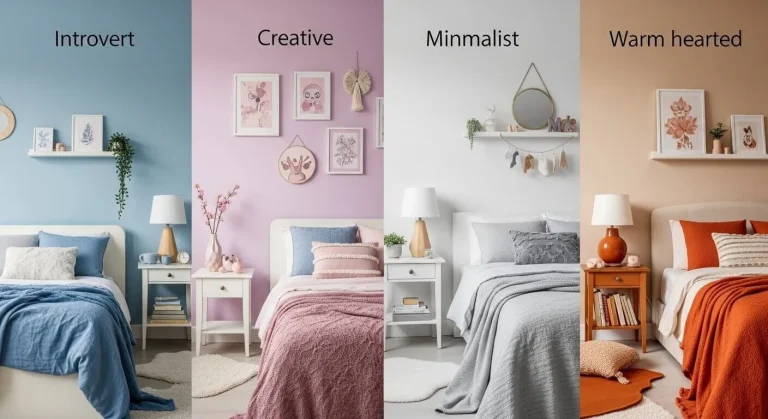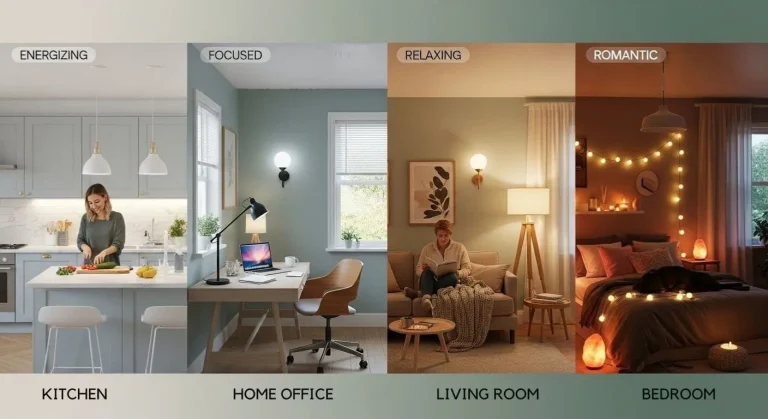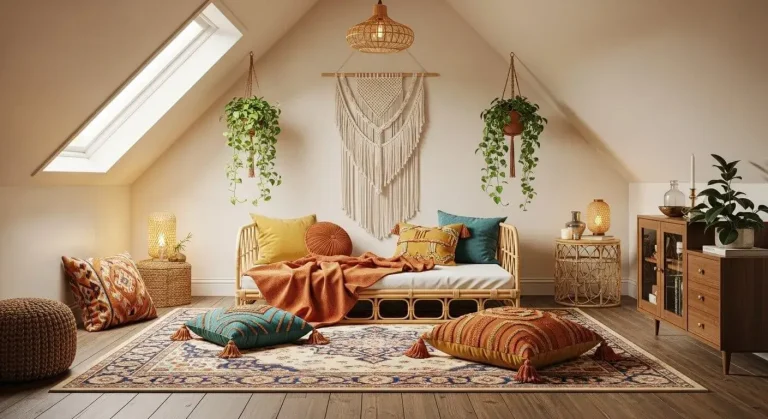How to Choose the Perfect Color Palette for Your Home
Ever walked into a room and instantly felt… off? Maybe it was too loud, too cold, or just didn’t feel right. Yep, that’s what choosing the wrong color palette can do. Knowing how to choose the perfect color palette for your home is more than just grabbing paint samples and hoping for the best. It’s about creating a space that feels like you.
So, if your walls are screaming for a change and your Pinterest boards are bursting with inspiration, this guide is your new best friend. Grab a coffee (or wine, no judgment) and let’s decode the world of color—together.
Why Color Palette Matters in Home Design
When you walk into a room and feel instantly relaxed, energized, or cozy—it’s not an accident. Color plays a psychological game with our minds.
Here’s why your color choices matter:
- Color affects mood: Blue calms, red excites, yellow boosts energy.
- Colors change how big or small a room feels.
- Cohesive color palettes create flow between rooms.
- Right colors increase home value and appeal.
Want an example of how color can define a mood? Just peek at this post on creating a calming bedroom atmosphere. It’s the magic of choosing the right tones!
Understanding the Power of Color Psychology
Colors aren’t just pretty—they’re powerful. Each shade sends a vibe, like a secret handshake between your brain and your space. Color psychology explains how hues affect emotions. For example, blue calms, while red energizes.
- Blue: Sparks serenity, perfect for bedrooms. Check out blue and yellow bedroom ideas for inspiration.
- Red: Bold and passionate, great for dining rooms but use sparingly.
- Yellow: Cheery and uplifting, ideal for kitchens.
- Green: Fresh and balanced, a go-to for living rooms.
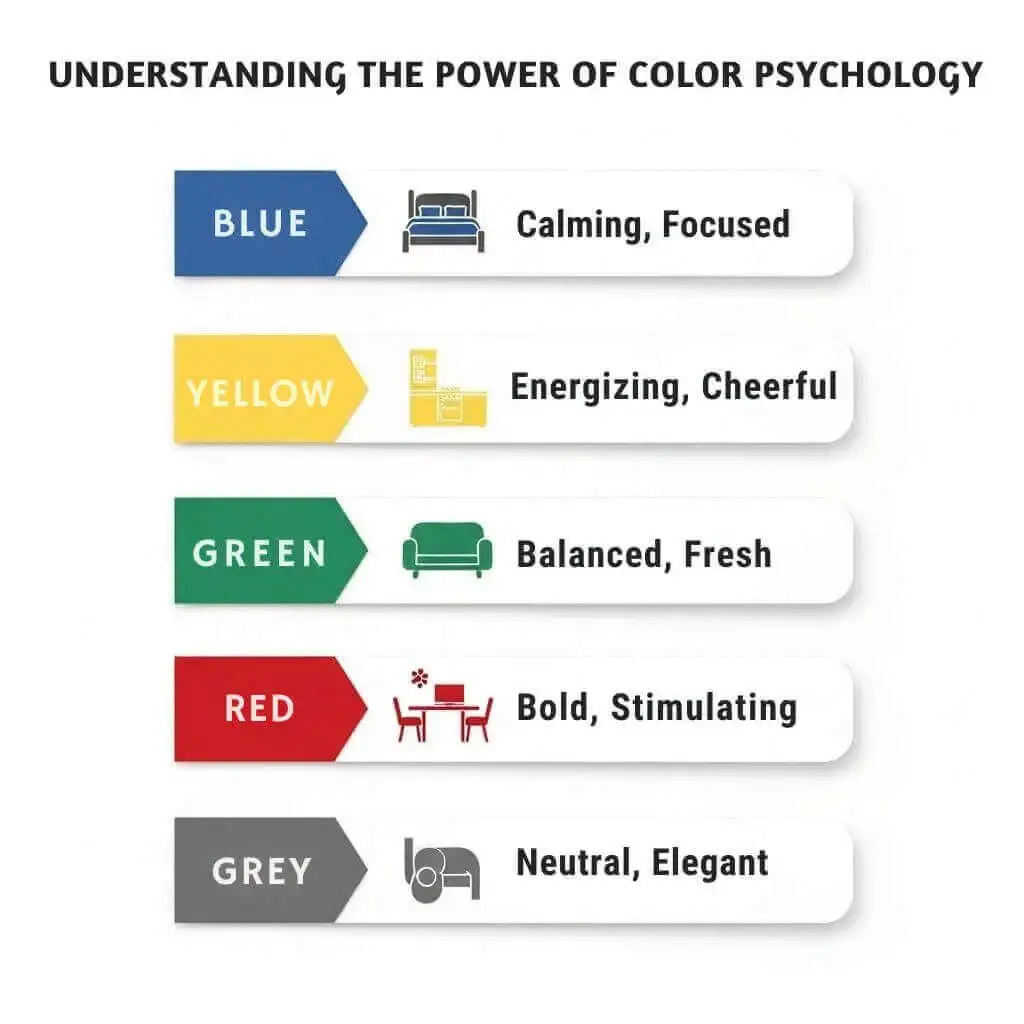
Primary Color Emotions
| Color | Effect | Best For |
|---|---|---|
| Blue | Calming, focused | Bedrooms, offices |
| Yellow | Energizing, cheerful | Kitchens, entryways |
| Green | Balanced, fresh | Living rooms, bathrooms |
| Red | Bold, stimulating | Dining rooms, accent walls |
| Grey | Neutral, elegant | Living rooms, hallways |
| White | Clean, open | Any room, especially small ones |
Before picking a palette, think about the mood you want. A bedroom might need soothing tones, while a home office could use energizing ones. Pro tip: Don’t go overboard with bright colors unless you’re ready for a room that screams, “Let’s party!”
Assessing Your Space and Lighting
Lighting is the sidekick to your color palette—it can make or break the vibe. Natural light shows colors in their truest form, while artificial light can shift hues. A sunny room can handle bold color schemes, but a dim space might need lighter tones to avoid feeling like a cave.
- Check your room’s natural light. South-facing rooms get warm light, so cool colors like blue work well.
- Test artificial lighting. Warm bulbs make colors cozier; cool bulbs keep them crisp.
- Paint swatches on walls and observe them at different times of day.
Grab a sample of Behr Premium Plus Paint from Amazon to test shades. Trust me, a $5 sample beats repainting an entire room!
Choosing a Color Scheme That Fits Your Style
Your home’s style is like its personality—don’t dress it in something it’s not! Whether you lean modern, farmhouse, or eclectic, your color palette should match. Here’s how to align colors with popular styles:
- Modern: Think neutrals (grays, whites) with a pop of bold, like navy or emerald. See grey and white bedroom ideas for sleek inspo.
- Farmhouse: Soft greens, creams, and muted blues. Explore sage green farmhouse bedroom ideas.
- Bohemian: Vibrant hues like pink and green. Check out pink and green bedroom ideas.
Pick a scheme like monochromatic (shades of one color), analogous (colors next to each other on the color wheel), or complementary (opposites, like blue and orange). Test your palette with small decor items first, like throw pillows from Amazon’s Boho Pillow Collection.
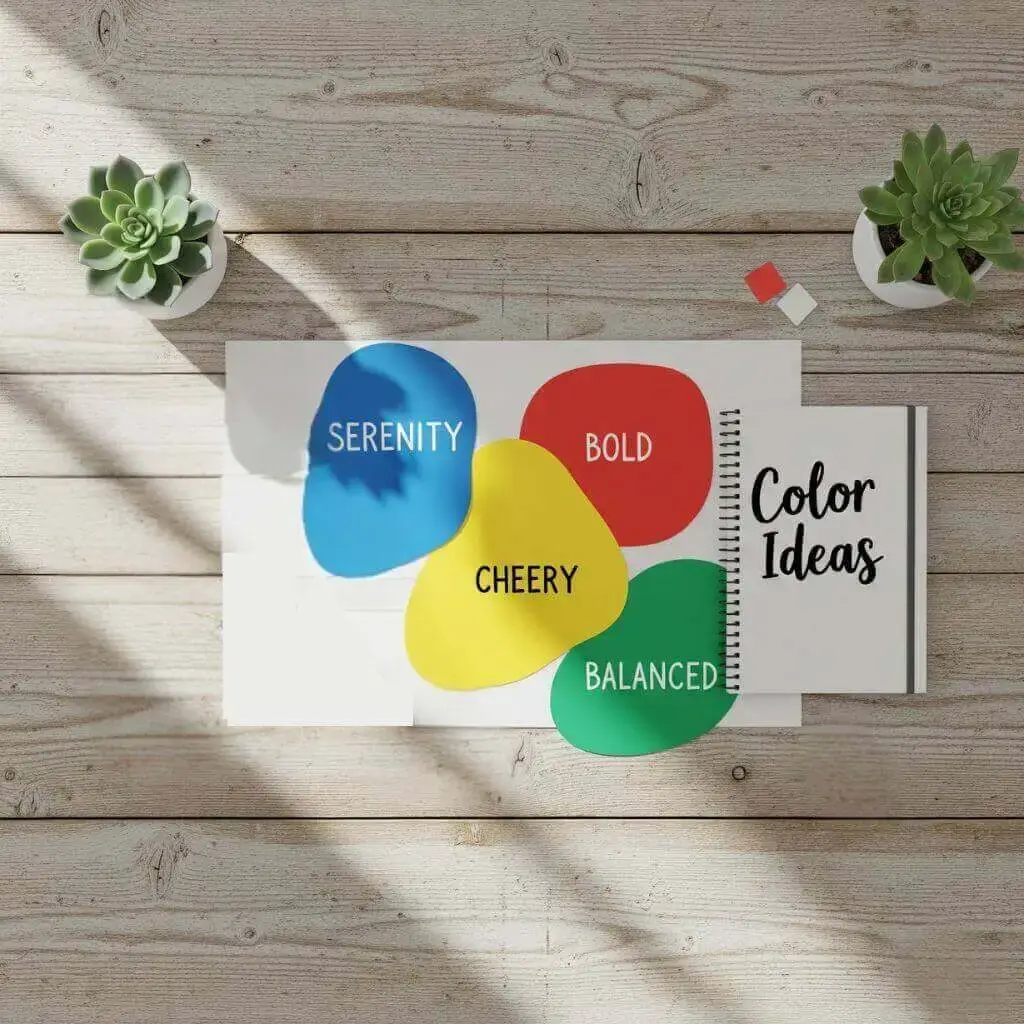
How to Choose the Perfect Color Palette for Your Home: The 60-30-10 Rule
Here’s a foolproof trick to nail your palette: the 60-30-10 rule. It’s like a recipe for a balanced color dish—60% dominant color, 30% secondary color, 10% accent color.
- 60% Dominant Color: Walls or large furniture. Think neutral or soft tones, like beige or light gray.
- 30% Secondary Color: Curtains, rugs, or an accent wall. Try a bolder shade, like sage green.
- 10% Accent Color: Pops in pillows, art, or decor. Go wild with hot pink or mustard yellow.
This rule keeps your space cohesive without being boring. Imagine a living room with 60% creamy walls, 30% navy curtains, and 10% yellow cushions. It’s like your room’s wearing a perfectly tailored outfit!
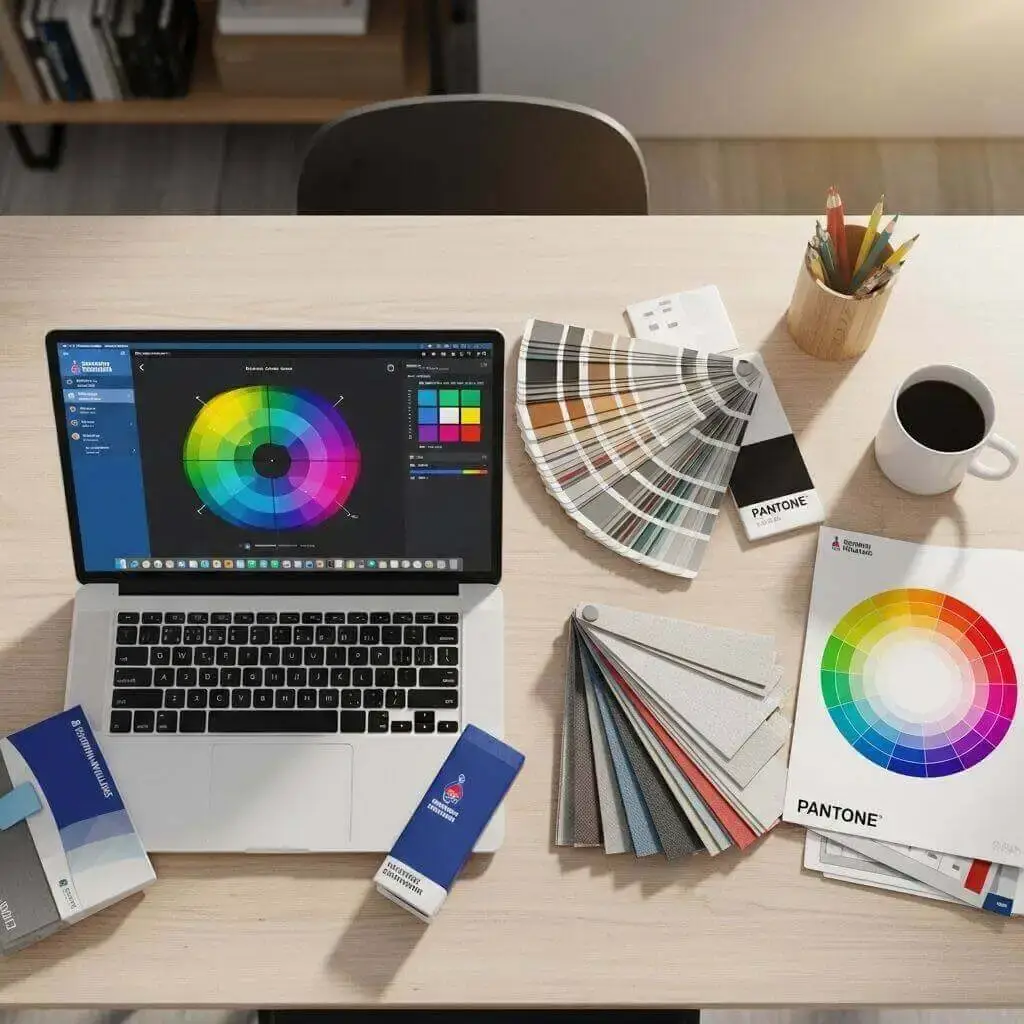
Testing and Experimenting with Colors
Don’t commit to a color palette without a test drive. Painting an entire room only to hate it is like buying a car without checking the brakes—disastrous! Here’s how to experiment:
- Buy paint samples: Get small cans from Amazon, like Rust-Oleum Sample Paint.
- Create mood boards: Pin fabric swatches, paint chips, and photos on a board or use apps like Canva.
- Test on small areas: Paint a poster board and move it around the room to see how light affects it.
If you’re feeling adventurous, try a bold accent wall. Not sure where to start? Peek at hot pink and black bedroom ideas for daring combos.
Balancing Trends with Timeless Choices
Trends are fun, but they’re like that one-hit-wonder song—hot today, forgotten tomorrow. Balance trendy colors with timeless ones to keep your home fresh yet enduring. For 2025, warm neutrals like terracotta and olive green are trending, but classics like navy or ivory never go out of style.
- Trendy Picks: Terracotta, sage green, or muted purple. See purple bedroom ideas for a trendy twist.
- Timeless Choices: White, gray, navy. These are safe bets that age like fine wine.
- Mix It Up: Use trendy colors for accents (like throw blankets) and timeless ones for big items (like sofas).
Check out Amazon’s Terracotta Decor for trendy pieces that won’t break the bank.
Incorporating Colors Through Decor and Furniture
Paint isn’t the only way to bring your color palette to life. Decor and furniture are like the sprinkles on your color cupcake. Rugs, curtains, and art can add pops of color without a big commitment.
- Rugs: A vibrant rug can anchor a room. Try Amazon’s Area Rugs.
- Curtains: Soft fabrics in bold hues add warmth. Look for Amazon’s Curtain Panels.
- Art and Accessories: A colorful painting or quirky lamp can tie everything together.
Not sure how to calm the vibe? Check create a powerful calming bedroom atmosphere for tips on soothing decor.
Common Color Palette Mistakes to Avoid
Even the best intentions can lead to color disasters. Avoid these pitfalls to keep your palette on point:
- Ignoring Lighting: Dark colors in a dim room feel oppressive. Always test with your lighting.
- Overloading Bold Colors: Too many bright hues can make a room chaotic. Stick to the 60-30-10 rule.
- Forgetting Flow: Each room’s palette should connect to create a cohesive home.
- Not testing paint: Don’t paint from the lid. Just don’t.
Think of your home as a story—each room is a chapter, and the colors should flow like a good plot. Need flow inspo? See pink and white bedroom ideas.
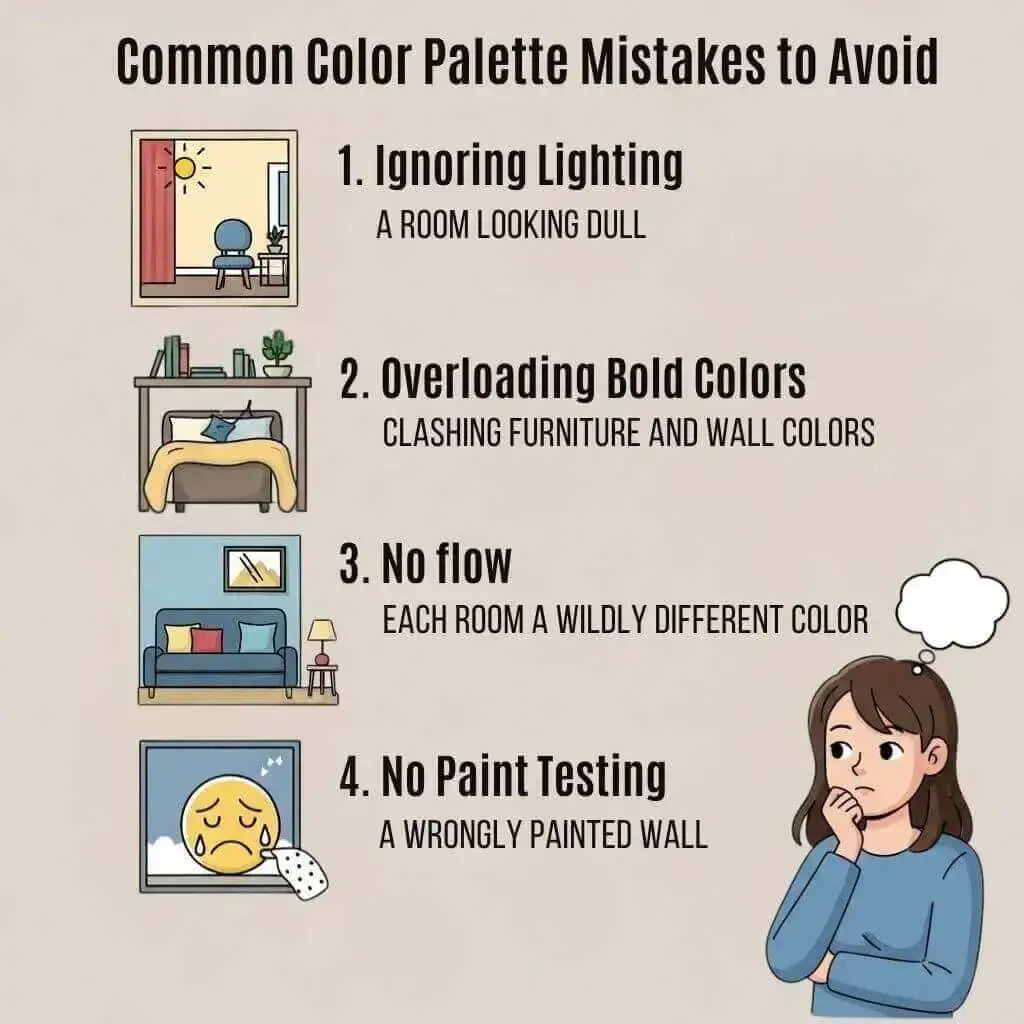
Tools and Resources for Color Palette Inspiration
Feeling stuck? There are tons of tools to spark your color palette creativity. Here are some favorites:
- Coolors: Generate palettes with a click. Free and user-friendly.
- Canva Color Wheel: Perfect for experimenting with schemes.
- Pinterest: Search “home color palettes” for endless ideas.
- Paint Brand Sites: Behr and Sherwin-Williams offer virtual tools to visualize colors.
For physical inspiration, grab Sherwin-Williams Color Chips on Amazon. They’re like candy for color nerds!
Conclusion: Paint Your Home with Confidence
Choosing the right color palette for your home is like picking the perfect playlist—it sets the mood and makes every moment better. From understanding color psychology to testing swatches and balancing trends, you’ve got the tools to create a space that’s uniquely yours. Don’t be afraid to experiment, but keep the 60-30-10 rule in your back pocket for balance. Ready to transform your home? Grab a paintbrush, channel your inner artist, and make your space sing! What’s the first color you’ll try?
For even more in-depth insights into color psychology, check out this color guide from Verywell Mind. It’s backed by research and super beginner-friendly.
